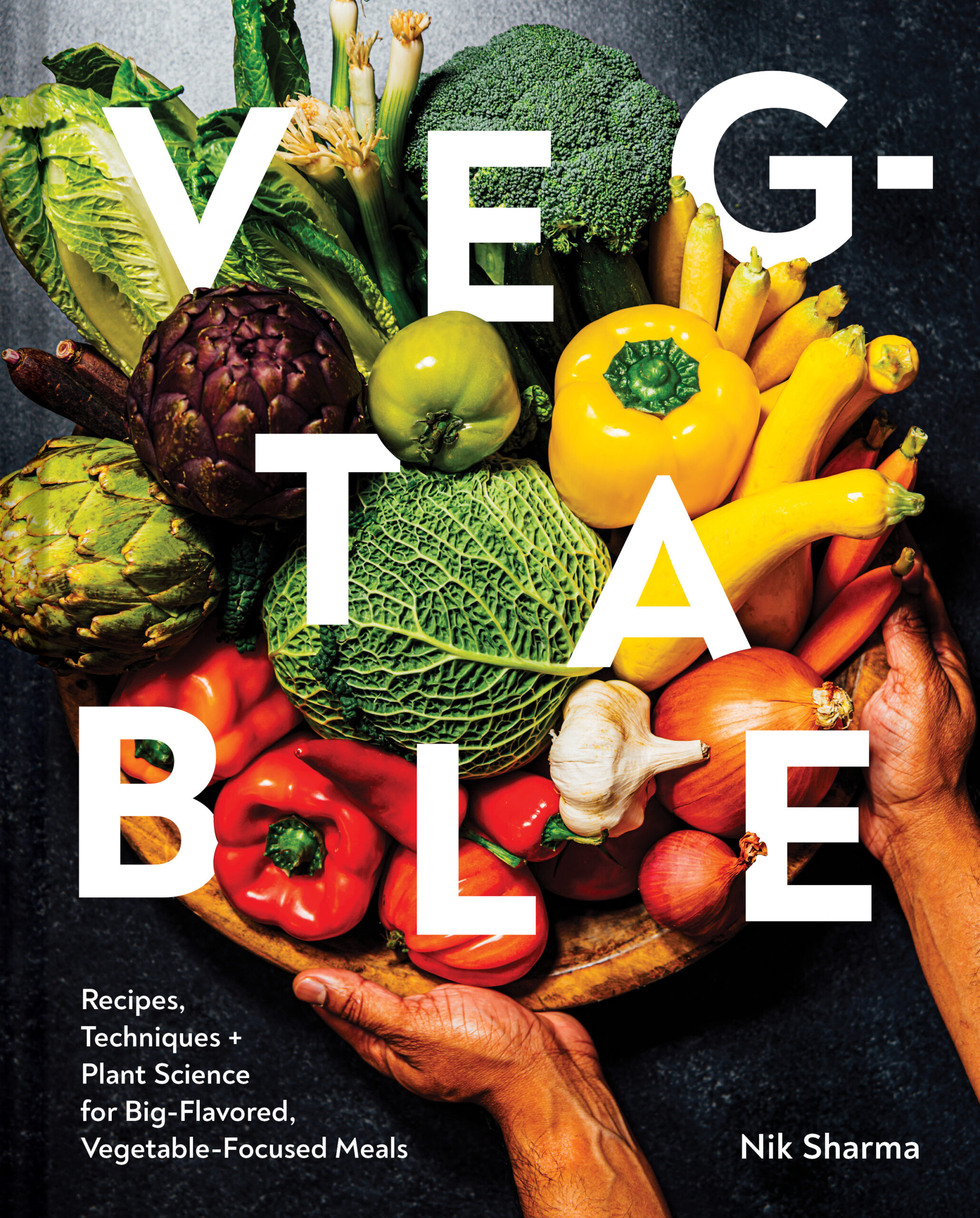
A few days ago, I received a copy of the new, revised, and updated edition of the classic King Arthur Baking Company’s The All Purpose Baking Companion. Many of you are already familiar with the earlier edition of the book, and this revised version is updated with lots of new information on baking ingredients and recipes. The first recipe that caught my eye was the classic Boston Cream Pie. Its generous layer of pastry cream with a hint of chocolate makes it a delicious and comforting dessert. It’s also my birthday month, and I’m trying to stick to a goal of making one celebratory cake per week.
Print
Boston Cream Pie
5 Stars 4 Stars 3 Stars 2 Stars 1 Star
No reviews
Today, I’m sharing the recipe from the book for King Arthur Baking Company’s Boston Cream pie. A Boston cream pie is a two-layer cake filled with thick pastry cream. The top of the cake is then glazed with chocolate, as per King Arthur Baking Company. The original Boston Cream Pie, created at Boston’s Parker House hotel in the nineteenth century, featured sponge cake layered with cream and iced with chocolate fondant. Their version (the recipe here) used a layer of chocolate ganache that is more in line with the modern version we see everywhere.
Is the Boston Cream Pie a pie, or is it a cake? That’s probably the most controversial thing about this sweet, but we can all agree it is delicious. Now go ahead and make it!
- Yield: One 2-layer 9 in/23 cm cake
Ingredients
For the Cake
2 cups/397 g sugar
4 large eggs
1/3 cup/67 g vegetable oil
2 cups/240 g unbleached all-purpose flour
1¼ tsp salt * (see Notes below)
2 tsp baking powder
4 Tbsp/57 g butter, at cool room temperature (65°F to 68°F/18°C to 20°C)
1 cup/227 g whole milk
2 tsp vanilla extract
For the Filling
2½ cups/567 g whole milk
½ cup/99 g sugar
¼ tsp salt
1/3 cup/39 g cornstarch
3 large egg yolks
1 large egg
2 tsp vanilla extract
For the Glaze/Chocolate Ganache
1/3 cup/57 g chopped dark chocolate or chocolate chips
¼ cup/57 g heavy cream
½ tsp vanilla extract
Instructions
To make the cake:
- Preheat the oven to 325°F/160°C. Lightly grease two 9 in/23 cm round pans.
- Beat the sugar and eggs together until they’re light and fluffy, about 2 minutes at medium-high speed using an electric or stand mixer. Slowly beat in the vegetable oil.
- Add the flour, salt, and baking powder to the egg mixture in the bowl, beating just enough to combine. Scrape the bottom and sides of the bowl, then beat again, to fully incorporate and sticky bits.
- In a saucepan set over medium heat, bring the butter and milk just to a boil. Add the vanilla. Remove the pan from the heat and stir the mixture until the butter is completely melted. Slowly add the hot milk mixture to the cake batter, mixing until everything is well combined. Scrape the bowl and mix briefly, just until smooth. The batter will be very thin. Divide the batter evenly among the prepared pans.
- Bake the cakes for 30 to 35 minutes, until a cake tester or toothpick inserted into the center comes out clean, and the top feels set when lightly touched. Remove the cakes from the oven, cool them in the pans for 10 minutes, then turn them out onto a rack to cool completely.
To make the filling:
- In a medium saucepan, stir together 2 cups/454 g of the milk, the sugar, and the salt. Bring to a simmer over medium heat, stirring to dissolve the sugar.
- Meanwhile, whisk the cornstarch, egg yolks, and whole egg with the remaining ½ cup/113 g milk.
- Whisk some of the hot milk mixture into the egg yolks-cornstarch mixture to temper the yolks. (This keeps them from turning to scrambled eggs when you add them to the simmering milk.)
- Pour the egg-milk mixture back into the remaining simmering milk in the pan, pouring it through a strainer to capture any bits of egg.
- Bring the mixture to a low boil over medium heat (this may happen very quickly), stirring constantly with a whisk, and cook for 2 minutes; the mixture will thicken significantly. Remove the filling from the heat and stir in the vanilla. Transfer the filling to a heatproof bowl, and top it with a piece of buttered plastic wrap (make sure it touches the top of the filling so it doesn’t develop a skin). Refrigerate until cool.
- When the cakes and pastry cream are completely cool, spread the filling in an even layer over one layer, then stack the second layer on top. Set aside.
To make the glaze:
- Melt the chocolate and cream together, stirring until smooth and lump-free. Add the vanilla and stir well. Let the glaze sit for about 10 minutes to cool a bit and thicken just a touch. Pour the glaze over the filled cake. Serve immediately, or cool to room temperature, and refrigerate until ready to serve.
Notes
- I ended up cutting back on the amount of salt listed in the original recipe from the book below. I used 1/2 tsp of kosher salt instead of the amount in the recipe.
- When layering the pastry cream to keep it stable and from squishing out of the cake after layering, do this;
- Make sure the pastry cream and cake are chilled. Make the pastry cream and the cakes the night before and stick them in the refrigerator. Wrap them up with clingfilm to prevent the formation of skin on the custard and drying of the cakes.
- Use a pastry tip with a large bore size and a pastry bag to layer the pastry cream. You can then even it out using an offset spatula.
- Though not necessary, you could assemble the cake in a springform pan. Line the sides of the pan with a layer of lightly greased cellulose acetate film. It will give you a cleaner edge when you peel it off. Don’t forget to refrigerate the cake after assembly for at least 2 hours.
- I’ve found the best way to cut this cake without having things squish out (some of them will) is to use a clean, serrated knife dipped in running hot water and hold one side of the cake carefully to ensure it does not glide off. You will get an excellent clean-cut, and things will stay in place.
- The type of chocolate – I used a semi-bittersweet 66% cacao chocolate. Bitter and darker chocolate varieties taste better here against the sweet cake and the pastry cream.
- An important note – the weights listed here are the King Arthur Baking Company’s weights. I followed their weight conversions as listed in the recipe. Some of you familiar with my work might note that I use a different amount of 1 cup of flour (140g) for my recipes. Stick to the weights listed in this recipe. Depending on how you lift flour out of the container with a cup, you can get varying weights of flour, which leads to this discrepancy, and different outlets list different weights, especially when it comes to flour. King Arthur Baking Company standardizes this recipe to their weight system, so use that!

